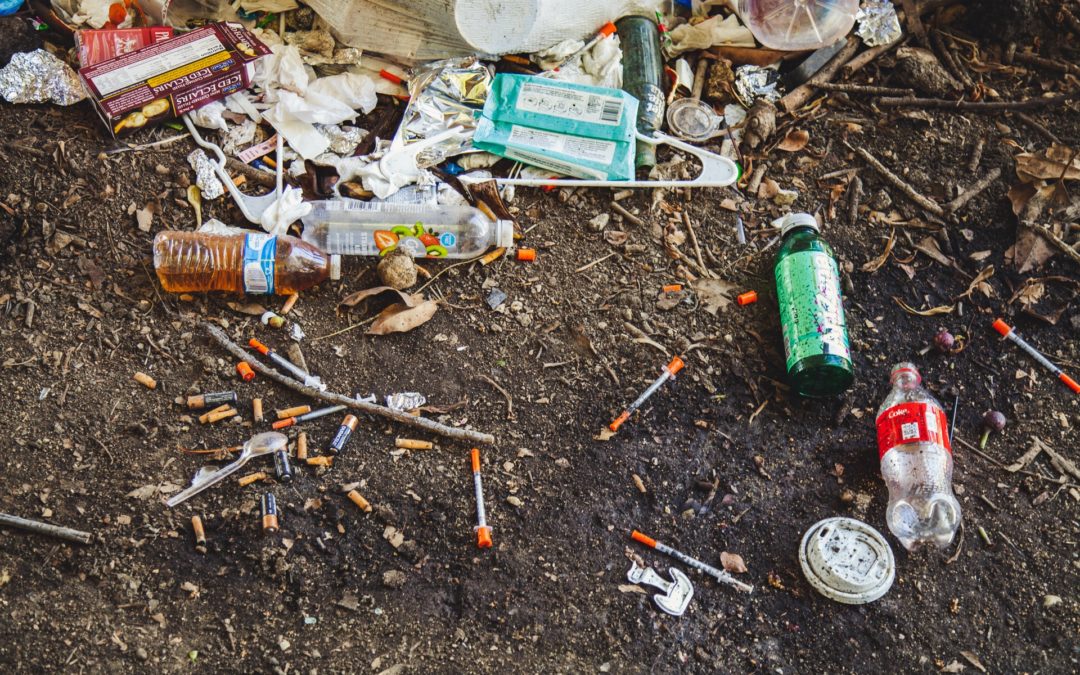The opioid settlement funds for police and other organizations will be arriving in states within weeks. The question is how will the funds be divided up. This has been in the works so long that some of the original plans may have gone by the wayside. While there are percentage allocations for specific communities, the actual use for the funds is less defined.
Here is an opportunity to include things you may not have had funding for previous in your strategic plan. If you are looking for ideas and don’t want to go through all 500+ pages of the settlement agreement, here are the areas you may want to consider for your police department going forward. These are the applicable references from the settlement document:
D. ADDRESS THE NEEDS OF CRIMINAL JUSTICE-INVOLVED PERSONS
Address the needs of persons with OUD and any co-occurring SUD/MH conditions who are involved in, are at risk of becoming involved in, or are transitioning out of the criminal justice system through evidence-based or evidence-informed programs or
strategies that may include, but are not limited to, those that:
- Support pre-arrest or pre-arraignment diversion and deflection strategies for persons with OUD and any co-occurring SUD/MH conditions, including established strategies such as:
- Self-referral strategies such as the Angel Programs or the Police Assisted Addiction Recovery Initiative (“PAARI”);
- Active outreach strategies such as the Drug Abuse Response Team (“DART”) model;
- “Naloxone Plus” strategies, which work to ensure that individuals who have received naloxone to reverse the effects of an overdose are then linked to treatment programs or other appropriate services;
- Officer prevention strategies, such as the Law Enforcement Assisted Diversion (“LEAD”) model;
- Officer intervention strategies such as the Leon County, Florida Adult Civil Citation Network or the Chicago Westside Narcotics Diversion to Treatment Initiative; or
- Co-responder and/or alternative responder models to address OUD-related 911 calls with greater SUD expertise.
I. FIRST RESPONDERS
In addition to items in section C, D and H relating to first responders, support the following:
- Education of law enforcement or other first responders regarding appropriate practices and precautions when dealing with fentanyl or other drugs.
- Provision of wellness and support services for first responders and others who experience secondary trauma associated with opioid-related emergency events.
The opioid settlement funds for police are potentially going to be on a first serve basis, but funding is likely going to be available over the next 18 years. Roughly $2B in funding is arriving as the first payment. This will be spread across various public health, law enforcement, drug treatment and related programs. Get your funding requests in early and plan to update your strategic plans to reflect your new funding.


